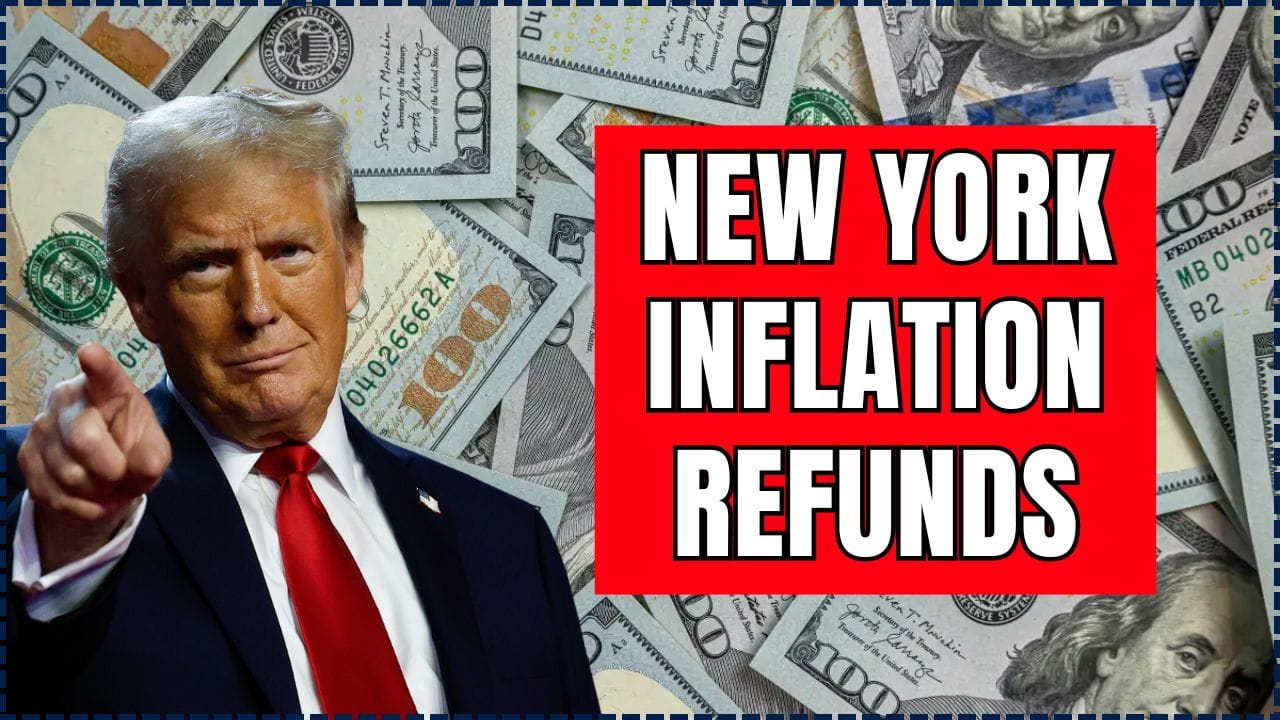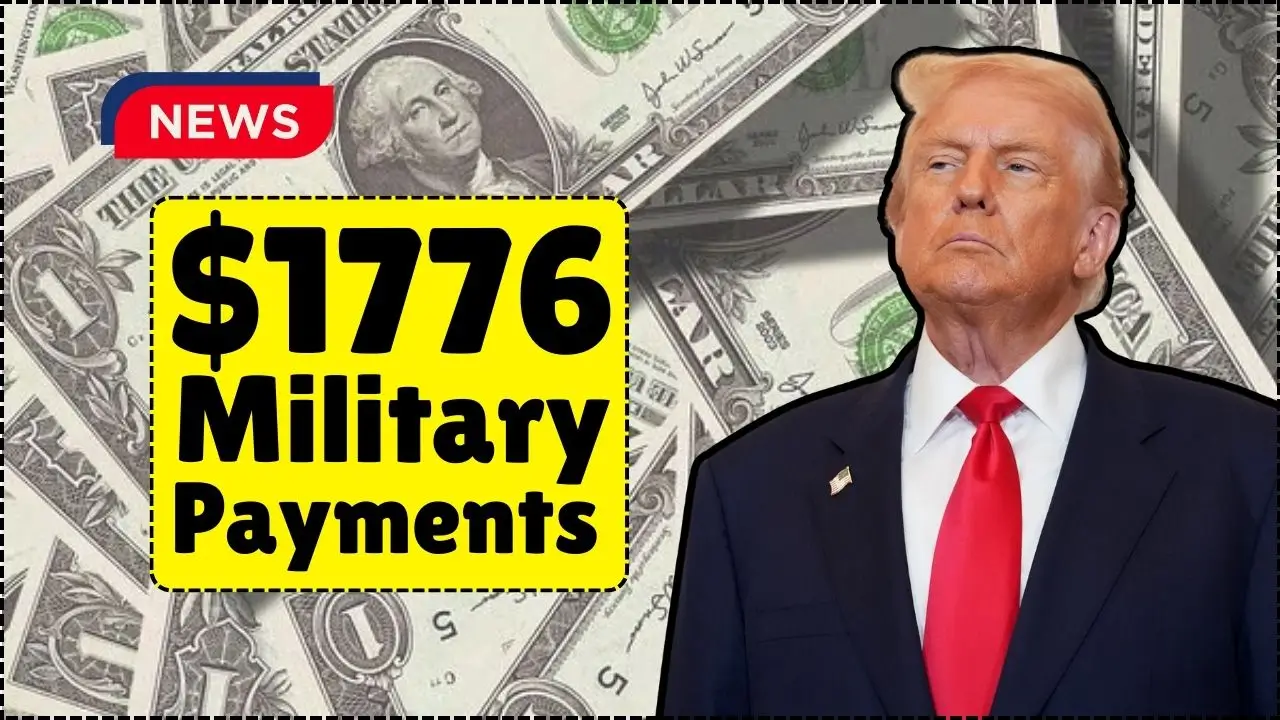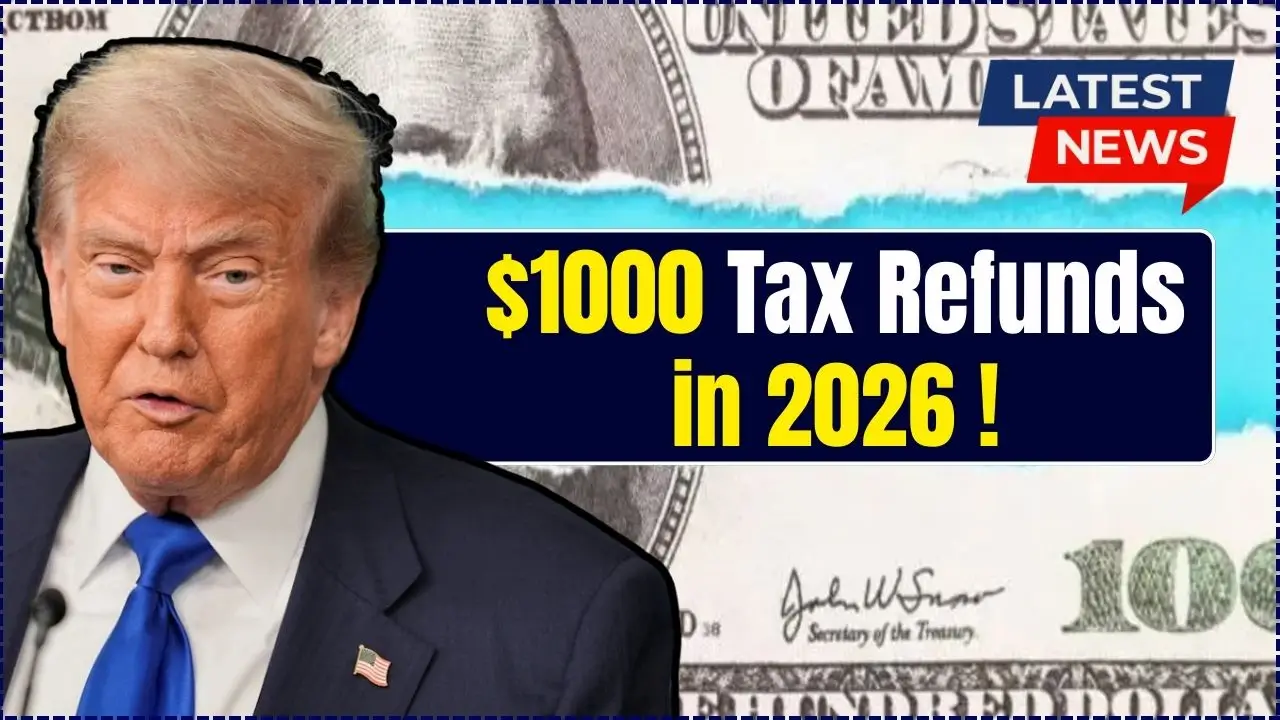Join the top 1% of the world – What does it mean to be part of the global “one percent”? The phrase conjures images of sprawling mansions, private jets, and unimaginable fortunes. We see headlines about billionaires whose wealth eclipses the GDP of small nations. But when we step back from the headlines and look at the planet as a whole, the reality of entering the world’s top 1% of earners is far more attainable—and perhaps more surprising—than you might think. This article will explore the actual income you need to earn to be among the world’s elite, explain the crucial difference between income and wealth, and give you a clearer picture of where you stand in the global economic landscape.
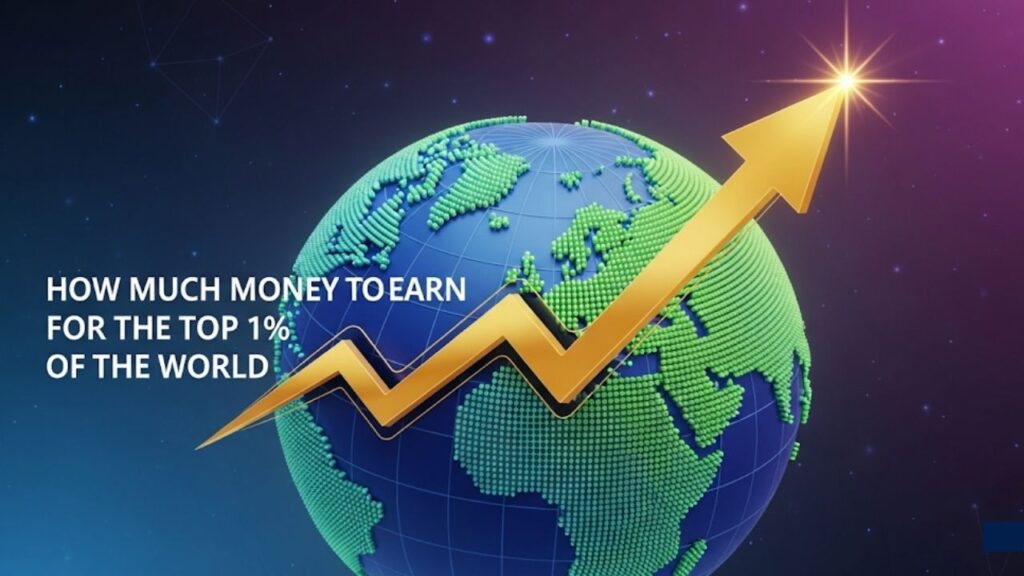
The journey to understanding how much money you need to earn for the top 1% of the world leads to a surprising destination. It’s not a realm reserved for the mega-rich but a bracket that includes many professionals in developed countries. The relatively modest threshold of around $60,000 a year is not a testament to that sum being small, but rather a stark indicator of the immense economic inequality that defines our world.
By understanding the difference between income and wealth, and the contrast between national and global benchmarks, we gain a more accurate and profound sense of our own economic standing. This knowledge doesn’t just satisfy curiosity; it encourages a broader perspective, fosters gratitude, and empowers us to make more informed and compassionate financial decisions. You may be part of the global 1%—a realization that is as much a responsibility as it is a privilege.
The Global Income Threshold: A Figure That Stops You in Your Tracks
So, what is the number? To join the top 1% of income earners globally in 2025, you would likely need to earn an annual income of around $60,000 USD (after tax).
This figure can feel jarring. In many Western nations, an income of $60,000 a year is considered a solid middle-class salary, not the peak of global riches. Yet, the vast disparities in economic realities mean that this level of earning places an individual in an exceptionally small and privileged group worldwide. This estimate is based on analyses of household income data from sources like the World Inequality Database (WID), which synthesize tax records, household surveys, and national accounts data to provide the most comprehensive picture of the global income distribution.
It’s important to understand that this is an approximation. These figures are often calculated using Purchasing Power Parity (PPP), which accounts for the different costs of living in various countries. Essentially, PPP helps us understand how much your money can actually buy where you live, offering a more accurate comparison than simple currency exchange rates.
Income vs. Wealth: The Two Sides of the 1% Coin
Understanding your place in the global elite requires knowing the difference between two critical concepts: income and wealth.
- Income is what you earn. It’s the money that flows into your bank account from a salary, business profits, or other regular sources. The $60,000 figure is an income threshold.
- Wealth is what you own. It is the total value of all your assets—savings, investments, real estate, etc.—minus your debts.
The gap between the top 1% for income and the top 1% for wealth is colossal.
According to the Knight Frank 2024 Wealth Report, the net worth required to join the top 1% of wealth holders is dramatically higher and varies immensely by country:
- Monaco: $12.9 million
- Switzerland: $8.5 million
- United States: $5.8 million
- Singapore: $5.2 million
- United Kingdom: $3.1 million
- Japan: $2.0 million
- China: $1.1 million
As you can see, owning assets worth over a million dollars is a prerequisite for the global wealth elite, a stark contrast to the income needed to join the top earning bracket.
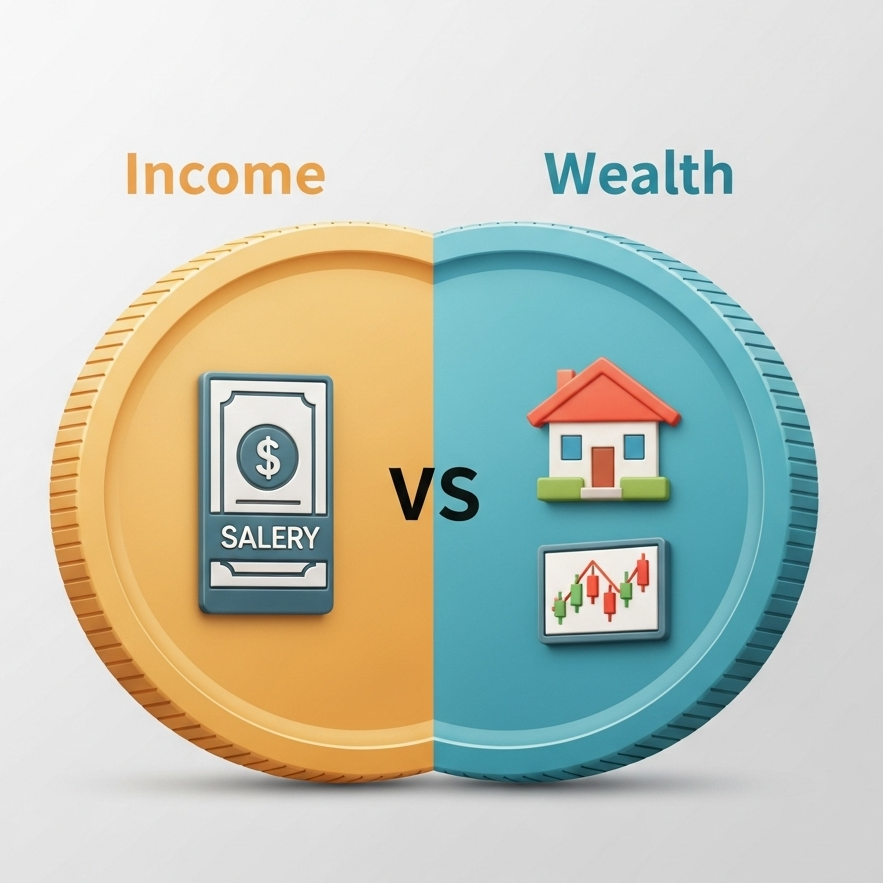
Why Is the Global Income Threshold Lower Than We Think?
The primary reason the bar for entering the global top 1% of earners seems low is the profound level of global income inequality. According to the World Bank, billions of people live on just a few dollars a day. The World Inequality Lab’s World Inequality Report 2022 highlights this disparity in stark terms:
- The richest 10% of the global population currently takes 52% of all income.
- The poorest half of the population earns just 8.5% of all income.
When half the world’s population lives on a fraction of the global average, an income that supports a comfortable life in a developed nation becomes, by definition, an elite income on the global stage.
Here is a recent post from Oxfam International highlighting the accelerating wealth of the world’s richest.
A Tale of Two Tiers: The Global 1% vs. the National 1%
It’s crucial not to confuse the global 1% with the 1% within a high-income country. The difference is staggering and puts the power of perspective into sharp focus.
Take the United States, for example. To be in the top 1% of earners in the U.S., you’d need an annual income of around $787,000 to over $1 million, depending on the data source and the year of analysis. This is more than ten times the global threshold. This massive gap underscores two points: the immense wealth concentrated in developed economies and the fact that even within those wealthy nations, inequality remains a significant issue.
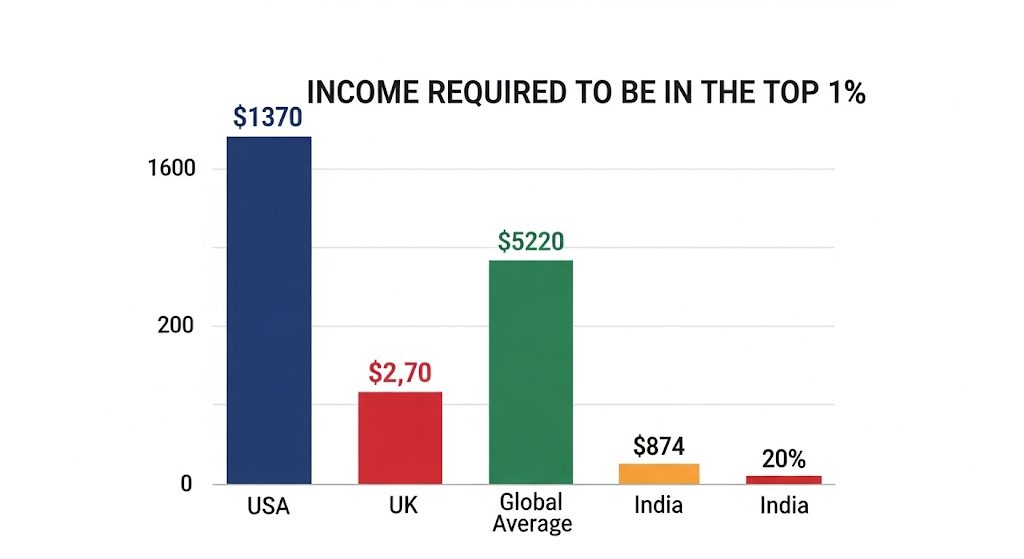
This perspective helps us understand that while your income might make you a part of the global elite, you may still feel the financial pressures of the “middle class” within your own country.
How Can You Navigate This Information?
Realizing you might be in or near the world’s top 1% of earners can be a powerful, and perhaps unsettling, moment. It’s an opportunity for reflection and action.
- Acknowledge Your Position with Gratitude: Understanding your standing in a global context can foster a deep sense of gratitude for the opportunities and resources available to you.
- Think About Impact: This knowledge can be a motivator. For many, it reinforces the desire to contribute to causes that address global poverty and inequality, whether through charitable giving, ethical investing, or supporting businesses with fair labor practices.
- Focus on Financial Well-being: Regardless of your global standing, building personal financial security is paramount. This means continuing to save, invest wisely, and build wealth that can provide for you, your family, and potentially make a broader impact.
The journey to financial success is personal. Seeing how your earnings compare on a global scale offers a unique and humbling perspective that can redefine what it means to be “rich.”
FAQs
Q1:What is the difference between top 1% income and top 1% wealth?
Income is the money you earn annually from your job, business, or other sources.4 Wealth is the total value of your assets (savings, property, investments) minus your debts.5 The threshold to be in the top 1% of wealth holders (over $1 million) is much higher than for income earners (around $60,000 globally).
Q2:What is Purchasing Power Parity (PPP)?
Purchasing Power Parity is a metric used by economists to compare economic productivity and standards of living between countries.6 It adjusts for the price differences of goods and services, giving a more accurate picture of how much an income is truly “worth” in a specific location.
Q3:Why is the top 1% income in the U.S. so much higher than the global top 1%?
This is due to two main factors: the United States is one of the wealthiest countries in the world, with a much higher average income than the global average, and there is significant income inequality within the U.S. itself, concentrating a large portion of the nation’s income at the very top.


